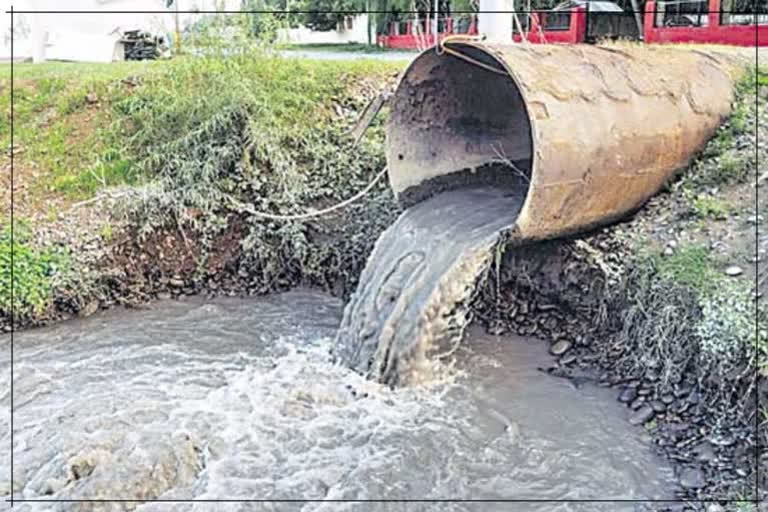Hyderabad:Increase in harmful chemicals (arsenic) in groundwater around the world has become extremely problematic. Prolonged use of contaminated groundwater is causing severe health problems for people in almost 108 countries.
The worst affected countries are Bangladesh, India, China, Nepal, Cambodia, Vietnam, Myanmar, Laos, Indonesia and the northern United States. Countries like Argentina, Chile, Hungary, Canada, Pakistan, Mexico and South Africa are in the next tier.
As a result, 50 crore people worldwide are suffering from health problems. This includes about 18 crore people in Asia. Chemicals enter groundwater through sedimentary deposits, volcanic rocks, soils and coal among others which are high in harmful chemicals.
Due to mining of gold and coal, petroleum extraction, burning of fossil fuels, etc., harmful chemicals are let to mix with groundwater. Pesticides and herbicides used in agriculture, too, contribute to groundwater pollution.
Also Read:Sinking land will affect 635M people globally: Report
Arsenic-containing sediments reach the lower delta through the Himalayan rivers, and 90 per cent of the country's groundwater, which contains high levels of chemicals, is found in the northern and north-western regions.
The remaining 10 per cent is located in areas with sulphide ores (e.g. gold mining areas in Karnataka) and acidic volcanoes (e.g. repetitive Rhyolite-Basalt flows on the acidic volcano in Dongargarh-Kotri Belt, Chhattisgarh).
The National Groundwater Board (2018) report states that wells of more than 100-metre depth contain less than 0.01 mg of harmful chemicals per litre of water. The concentration is more than 0.01 mg per litre of water in wells less than 100-metre depth.
Excessive groundwater extraction is also a major cause of pollution. According to the National Institute of Drinking Water Standards, a litre of drinking water should not contain more than 0.01 mg of harmful chemicals.
Also Read:UK university research offers water purification solutions for Indian farmers
